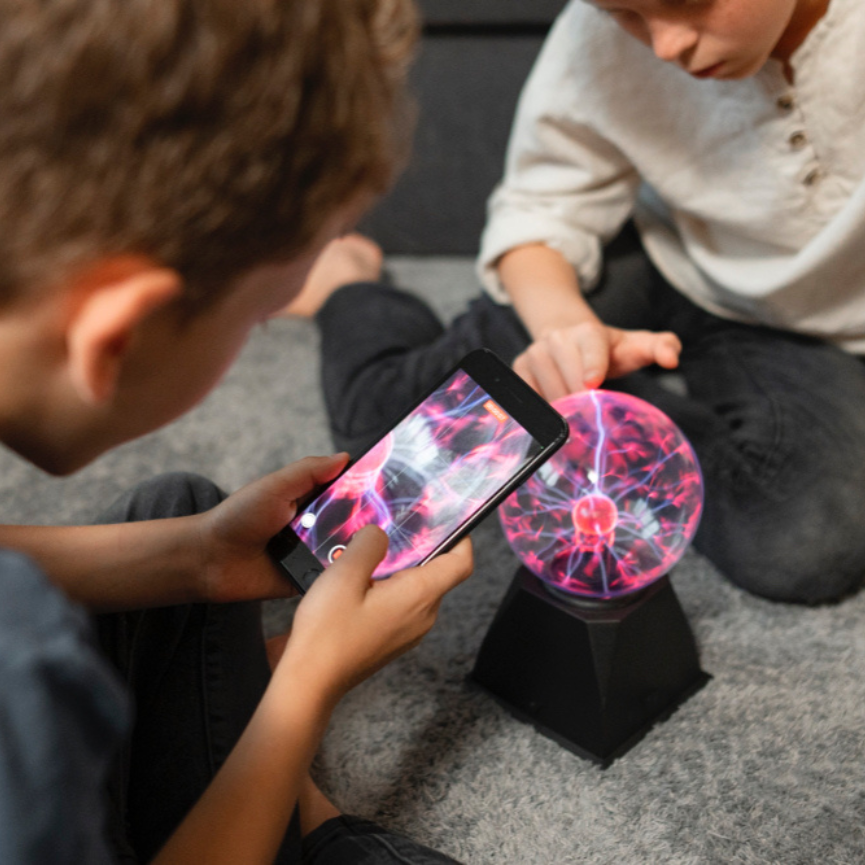
- May 09, 2024
- 72 Views
- 0 Comments
Sensory Processing Disorder And Autism In India
Overcoming Challenges Posed by Sensory Processing Disorder and Autism in India.
Sensory Processing Disorder (SPD) is a condition that affects how individuals perceive and respond to sensory information. People with SPD may have difficulty processing everyday sensory input, such as touch, sound, taste, smell, and visual cues. SPD is often associated with autism spectrum disorder (ASD), and research suggests that up to 80% of individuals with ASD may also have SPD.
In India, there is a lack of awareness and understanding of SPD, which can lead to misdiagnosis and inadequate support for individuals with the condition. In this article, we will explore the connection between SPD and autism in India, including the signs and symptoms, diagnosis, and treatment options.
Exploring Sensory Processing Disorder
Sensory Processing Disorder (SPD) is a neurological condition that impacts how the brain processes and reacts to sensory stimuli. It manifests in three main types: sensory modulation disorder, sensory-based motor disorder, and sensory discrimination disorder.
Sensory modulation disorder is the most common type of SPD and affects the ability to regulate and respond to sensory input. Sensory-based motor disorder affects movement and coordination, while sensory discrimination disorder affects the ability to distinguish between different types of sensory input.
SPD can affect individuals in different ways. Some people with SPD may be hypersensitive to certain sensory input, while others may be hyposensitive. For example, someone who is hypersensitive to touch may find certain fabrics uncomfortable, while someone who is hyposensitive may seek out touch stimulation, such as hugging or squeezing.
SPD and Autism
SPD is common among individuals with autism spectrum disorder, and many experts believe that it is a core feature of the condition. In fact, research suggests that up to 80% of individuals with ASD may also have SPD.
The sensory issues experienced by individuals with SPD and ASD can be similar, but there are some key differences. For example, individuals with SPD may have difficulty processing sensory input in a specific modality, such as touch or sound, while individuals with ASD may have difficulty processing sensory input across multiple modalities.
Additionally, individuals with ASD may exhibit repetitive behaviors or interests, which can be linked to sensory issues. For example, a child with ASD may repetitively flick their fingers in front of their eyes to create a visual sensation.
Diagnosing SPD in India
Diagnosing SPD can be challenging, particularly in India where there is a lack of awareness and understanding of the condition. Many healthcare professionals may not have the knowledge or training to recognize the signs and symptoms of SPD, which can lead to misdiagnosis or a failure to diagnose.
It is important to seek out a healthcare professional who has experience working with individuals with SPD and autism. A diagnosis typically involves a comprehensive evaluation of the individual's sensory processing abilities, including their responses to different types of sensory input.
Treatment Options for SPD in India
There is no cure for SPD, but there are a variety of treatment options that can help individuals manage their symptoms and improve their quality of life. Treatment options for SPD may include occupational therapy, sensory integration therapy, and behavioral therapy.
Occupational therapy can help individuals develop the skills and strategies needed to manage their sensory issues in everyday life. This may include activities such as deep-pressure massages, brushing and joint compression, and sensory diets.
Sensory integration therapy is a type of occupational therapy that involves using sensory input in a structured and repetitive way to help individuals process sensory information more effectively.
Behavioral therapy can help individuals develop coping strategies and reduce anxiety related to sensory issues. This may include cognitive-behavioral therapy, which can help individuals identify and challenge negative thoughts and beliefs related to their sensory issues.
In conclusion, while SPD and ASD are separate conditions, they are often linked, and understanding the connection between the two can provide important insights into the development and treatment of both. Sensory processing challenges can significantly impact a child's daily life, but with appropriate treatment and support, children with SPD and ASD can learn to manage their symptoms and thrive. It is important for parents, teachers, and caregivers to be aware of the signs and symptoms of SPD and ASD, and to seek appropriate treatment when necessary.



Comments - 0 comments till now